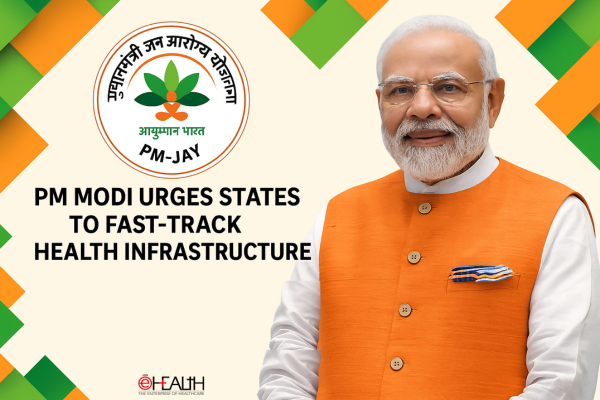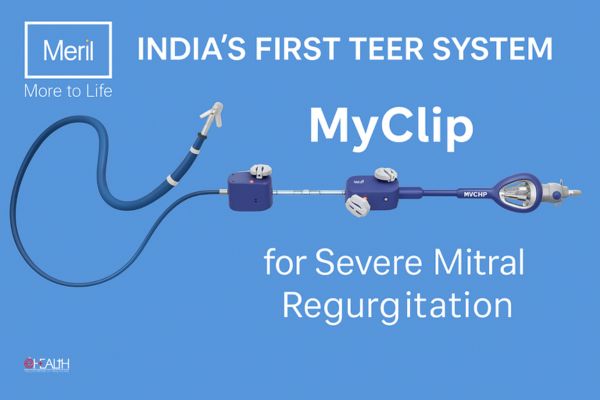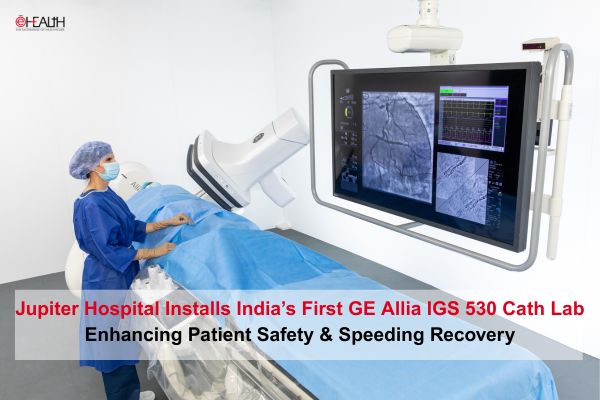
During the second wave of Covid-19, an increase in oxygen requirement has been reported in patients. Dr Ravichandra, Chief Medical Officer at the National Tuberculosis Institute, Bengaluru explains, “80% of Covid-19 cases reported are mild. Only 15% of Covid patients may have a moderate disease where one’s oxygen saturation level may go less than 94%. And the remaining 5% Covid infected people may end up having a severe disease which shows respiratory rate higher than 30/minute and oxygen saturation level less than 90%.”
Here are some important aspects involved in restoring oxygen levels in the body for patients who end up needing supplemental oxygen:

Be Alert to the Symptoms of Low Oxygen Level: Warning signs of low oxygen level include difficulty in breathing, confusion, difficulty in waking up and bluish lips or face. Adults may develop chest pain that does not go away. Children may experience flaring up of nostrils, grunting while breathing or inability to drink or eat.

Why It is a Matter of Concern

According to WHO, Hypoxemia (low oxygen levels in the blood) may eventually result in loss of life. When oxygen levels become low because of a sickness such as Covid-19, the cells in the body do not get enough oxygen to perform their normal functions. If the level remains low for long, maybe due to lack of treatment, organs start to malfunction; in severe cases, it may cause death.

How to Measure Oxygen Level
There are two easy ways to measure the oxygen level.
Pulse Oximeter: The oxygen level of a patient can be measured using a pulse oximeter which can be placed on their finger, toe, or earlobe. It is a painless test, taking less than two minutes. Pulse oximeters measure the oxygen saturation or percentage of oxygen in the patient’s blood. According to a WHO training manual on pulse oximetry, if the oxygen saturation is 93% or lower, the patient needs to be treated quickly. A saturation of less than 90% is a clinical emergency.
Respiratory Rate: Respiratory rate is the number of breaths a person takes per minute. Dr Somashekhara, Director, National Tuberculosis Institute, Bangaluru explains a simple method to measure the respiratory rate without any device. “Keep your palm on your chest, measure your respiratory rate for 1 minute. If the respiratory rate is less than 24 per minute, your oxygen level is safe. If a patient has more than 30 breaths per minute, the oxygen level is low.”
What Should be Done When Faced with Low Oxygen Level
Proning: Patients undergoing home care are advised to lie prone on their stomachs. This will improve breathing and increase oxygen saturation. The Union Health Ministry’s ‘Proning for Self Care’ advisory here.
Also, awake proning should be encouraged in all patients who require supplemental oxygen therapy, according to Clinical Management Protocol for Covid-19 (in Adults), released by the Union Health Ministry on May 24, 2021.
The advisory by the Ministry of Health and Family Welfare also underlines important considerations while proning in non-intubated patients:
• Any Covid-19 patient with respiratory embarrassment severe enough to be admitted to the hospital may be considered for rotation and early self proning
• Care must be taken to not disrupt the flow of oxygen during patient rotation
• Typical protocols include 30–120 minutes in the prone position, followed by 30–120 minutes in left lateral decubitus (lying on the left side), right lateral decubitus (lying on the right side), and upright sitting position
Using Oxygen Concentrators
Experts suggest that oxygen therapy may be given only in presence of a healthcare provider. However, one may use them in an emergency, while medical attention is being sought or while waiting for an ambulance.
Professor and Head of Department, Anaesthesia, B J Medical College, Pune, Prof Sanyogita Naik advises: “Oxygen concentrators can be used only in moderate cases of Covid-19, when the patient experiences a drop in oxygen levels, where the oxygen requirement is a maximum of 5 litres per minute.” The professor added that oxygen concentrators are also very useful for patients experiencing post-Covid complications which necessitate oxygen therapy.
In both cases, the goal of oxygen therapy is to achieve a saturation level of 94%; once the patient has 93% to 94% oxygen level, the oxygen therapy may be discontinued. Excess of oxygen may lead to an increase in the level of Carbon dioxide, leading to complications.
Be a part of Elets Collaborative Initiatives. Join Us for Upcoming Events and explore business opportunities. Like us on Facebook , connect with us on LinkedIn and follow us on Twitter , Instagram.
"Exciting news! Elets technomedia is now on WhatsApp Channels Subscribe today by clicking the link and stay updated with the latest insights!" Click here!
















